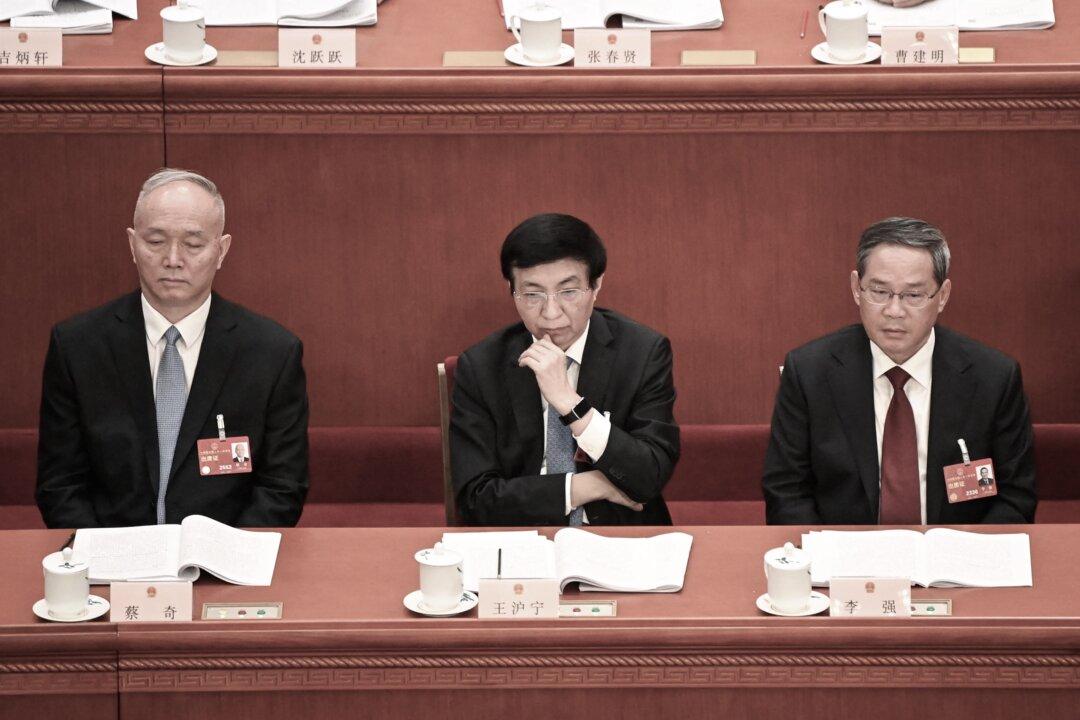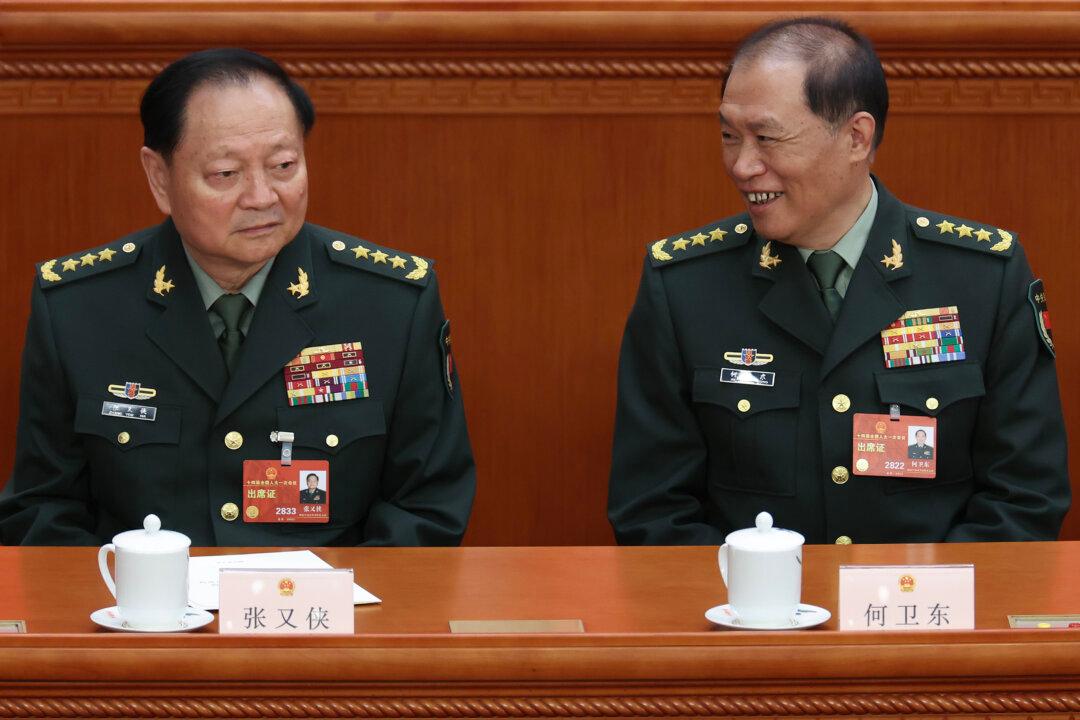News Analysis
China’s latest Consumer Price Index (CPI) for January fell 0.8 percent year-on-year, signaling a continued risk of deflation in the economy. However, between 2021 and 2023, China’s monetary authority issued about 54 trillion yuan (US$7.6 trillion) of banknotes. Despite the increase in money supply, it appears to have failed to impact the economy positively.






